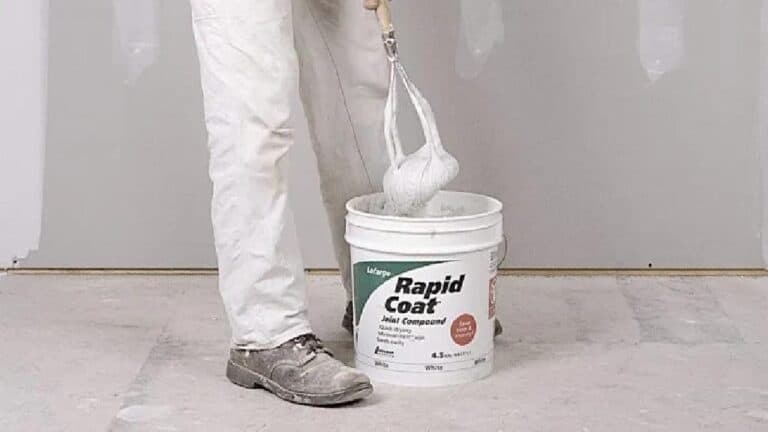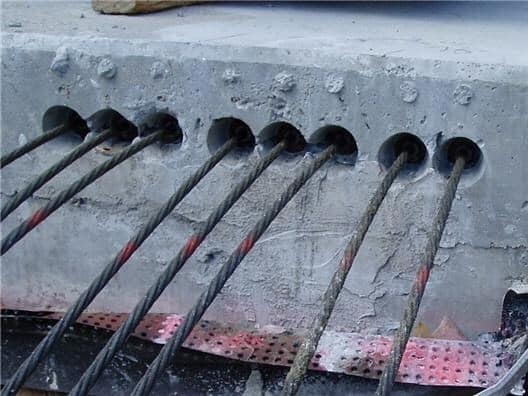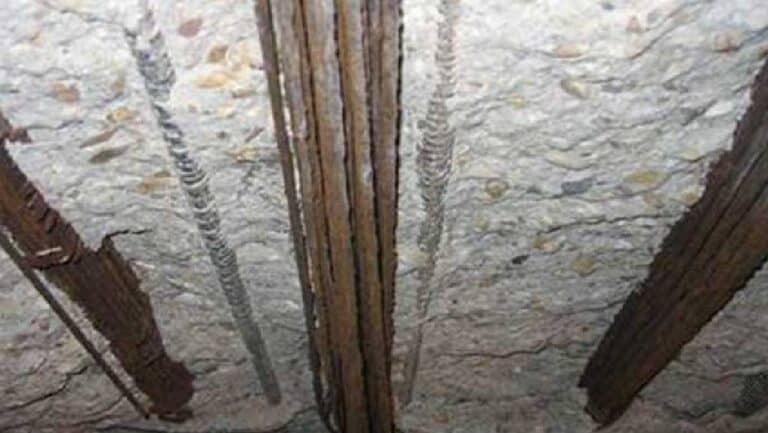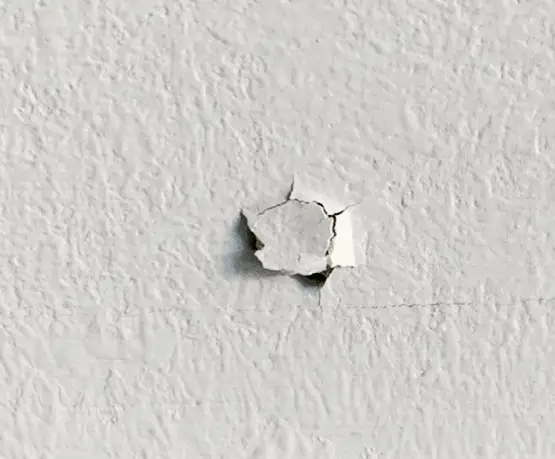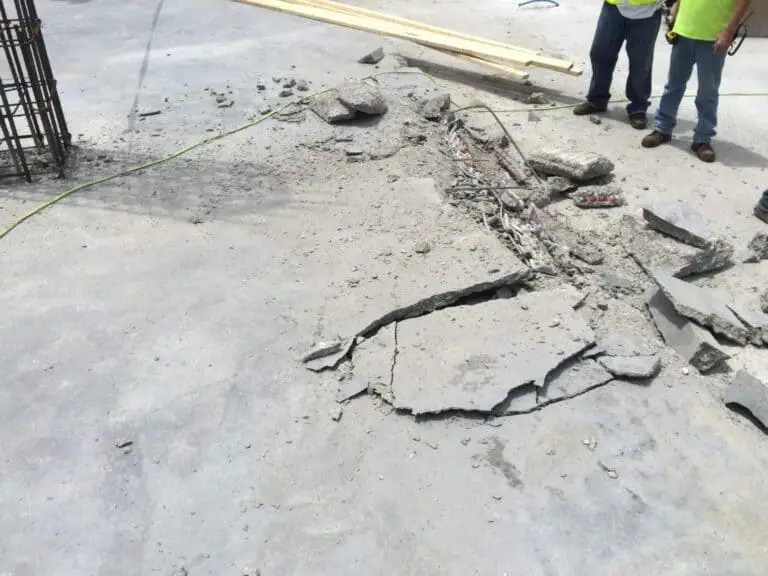What Happens if You Don’t Neutralize Muriatic Acid on Concrete?
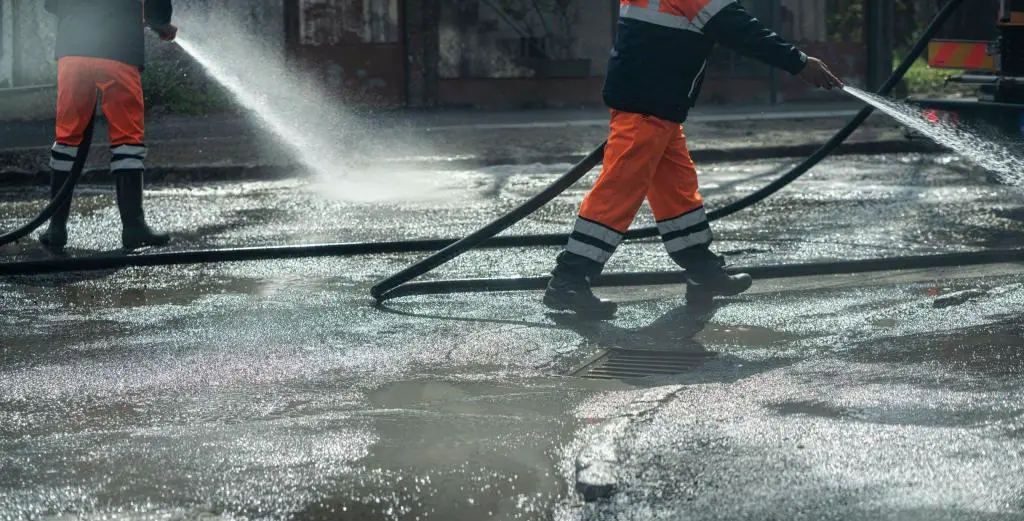
If you’ve ever worked with concrete before, chances are you’ve heard of muriatic acid. This highly corrosive substance is commonly used to clean and etch concrete surfaces, but what happens if you don’t neutralize it properly?
The consequences can be dire, leading to weakened concrete, unsightly discoloration, and even health hazards. In this article, we’ll take a closer look at what happens when you don’t neutralize muriatic acid on concrete, and why it’s essential to do so.
Whether you’re a construction professional or a DIY enthusiast, understanding the importance of proper muriatic acid neutralization can save you time, money, and even your health. So let’s dive in and explore the impact of unneutralized muriatic acid on concrete surfaces.
What is Muriatic Acid?
Definition and Properties of Muriatic Acid
Muriatic acid is a strong and corrosive acid that is also known as hydrochloric acid, spirits of salt, or acidum salis. It is made from hydrochloric acid, water, and other trace minerals. The chemical formula for muriatic acid is HCl, and it is widely available at home supply stores.
Muriatic acid is a highly corrosive, strong acid that is commonly used in various industrial and household applications. It is a clear, colorless liquid with a pungent odor and a highly acidic pH of less than 1.
Uses of Muriatic Acid
Muriatic acid has a wide range of uses across various industries. In the construction industry, it is commonly used to clean and etch concrete surfaces before painting or sealing them. This is done to remove any dirt, grime, or stains that may have accumulated on the surface over time.
Muriatic acid is also used to remove excess mortar and grout from newly laid bricks and tiles. This process is known as acid washing or acid etching and is an important step in the construction of durable and long-lasting concrete structures.
In addition to its uses in the construction industry, muriatic acid is also used in metal cleaning and pickling. The acid is highly effective at removing rust, scale, and other impurities from metal surfaces, making it an essential component in many metal cleaning and finishing processes. It is also used in the production of various chemicals, including pharmaceuticals, plastics, and dyes.
Reasons for Using Muriatic Acid on Concrete
Muriatic acid is primarily used on concrete surfaces for three reasons: stain removal, etching, and cleaning and surface preparation.
1. Stain Removal
Concrete surfaces can become stained from various sources, including oil, grease, rust, and other contaminants. Muriatic acid is an effective solution for removing these stains on concrete, as it reacts with the stains and breaks them down, making them easier to remove.
2. Etching
Etching is the process of creating small pores on the surface of concrete to make it more absorbent. This is necessary before applying coatings or sealers to ensure that they adhere properly to the surface. Muriatic acid is commonly used for this purpose because it creates a uniform and predictable etching pattern on the surface.
3. Cleaning and Surface Preparation
Before applying coatings or sealers to concrete surfaces, it is essential to ensure that they are clean and free of contaminants. Muriatic acid is an effective cleaner, as it dissolves dirt, grime, and other contaminants, leaving the surface clean and ready for further treatment.
What Happens if You Don’t Neutralize Muriatic Acid on Concrete?
Muriatic acid causes significant damage to concrete surfaces if it is not neutralized properly. When the acid comes into contact with concrete, it reacts with the minerals in the material, breaking down its structure and causing visible damage. The acid can also penetrate deep into the concrete surface, compromising its strength and durability.
Muriatic acid damage can worsen over time if left untreated, resulting in further deterioration and expensive repairs. In addition to the physical damage, the acid can also pose a safety hazard to those who come into contact with it, as it can cause chemical burns, respiratory problems, and other health issues.
One of the most common problems that can occur when Muriatic acid is not neutralized is surface discoloration. The acid can leave behind unsightly stains on the concrete surface that can be difficult to remove. These stains can range in color from light yellow to dark brown, depending on the concentration of the acid and the length of exposure.
Another issue that can arise from failure to neutralize Muriatic acid is surface pitting. Pitting occurs when the acid eats away at the surface of the concrete, leaving behind small craters or holes. This can compromise the structural integrity of the surface and make it more prone to further damage.
If left unchecked, Muriatic acid can also cause efflorescence on the surface of the concrete. Efflorescence is a white, powdery substance that forms when the acid reacts with the minerals in the concrete. This substance can be difficult to remove and can leave the concrete surface looking dull and unattractive.
Perhaps the most severe consequence of not neutralizing Muriatic acid on concrete is the potential for long-term damage to the surface. When the acid penetrates deep into the concrete, it can weaken the material, making it more susceptible to cracking, chipping, and other forms of damage.
This can be especially problematic in high-traffic areas where the surface is subjected to constant wear and tear. In the long term, muriatic acid can break down concrete, if left un-neutralized.
Neutralizing Muriatic Acid on Concrete
Neutralizing Muriatic acid is crucial to prevent damage to concrete surfaces and minimize personal injury risks. The neutralization process involves adding an alkaline substance to the acid to raise the pH level to a neutral level (7 or above). The following steps outline how to neutralize Muriatic acid on concrete:
Materials Needed
- Protective gear: gloves, goggles, respirator.
- Neutralizing agent: baking soda, ammonia, or lime.
- Water.
Steps to Neutralize Muriatic Acid on Concrete
- Put on protective gear, including gloves, goggles, and a respirator.
- Mix the neutralizing agent with water, following the manufacturer’s instructions.
- Slowly pour the neutralizing solution onto the affected area of the concrete, using a scrub brush or mop to spread it evenly.
- Allow the neutralizing solution to sit on the surface of the concrete for at least 5-10 minutes, or as recommended by the manufacturer.
- Rinse the surface with water to remove the neutralizing solution and the remaining acid residue.
- Repeat the process if necessary until the pH level of the concrete is neutral.
Note:
- Neutralizing agents like baking soda are safe to use to neutralize muriatic acid.
- Water can neutralize muriatic acid by altering its concentration. When muriatic acid is combined with water, it produces hydrogen ions and chloride ions.
- Always follow the manufacturer’s instructions when using any neutralizing agent.
- If you are unsure of the proper neutralizing process, seek the advice of a professional.
Repairing Concrete After Exposure to Muriatic Acid
Even with proper neutralization, exposure to Muriatic acid can cause damage to concrete surfaces. The severity of the damage depends on the concentration of the acid and the duration of exposure. The following are some steps to repair concrete after exposure to Muriatic acid:
Materials Needed
- Protective gear: gloves, goggles, respirator
- Cleaning agent: concrete cleaner or degreaser
- Concrete patching compound
- Trowel or putty knife
Steps to Repair Concrete After Exposure to Muriatic Acid
- Put on protective gear, including gloves, goggles, and a respirator.
- Clean the affected area with a concrete cleaner or degreaser, following the manufacturer’s instructions.
- Rinse the area with water and let it dry completely.
- Apply a concrete patching compound to the affected area, using a trowel or putty knife to smooth it out.
- Allow the patching compound to dry completely, following the manufacturer’s instructions.
- Sand the repaired area to ensure it is smooth and even with the surrounding concrete surface.
Tips for Preventing Damage to Concrete Surfaces
To prevent damage to your concrete surfaces, you should take the following precautions when working with muriatic acid:
- Wear protective clothing, including gloves, eye protection, and a respirator.
- Dilute the acid before use and follow the manufacturer’s instructions carefully.
- Test the acid on a small, inconspicuous area before using it on the entire surface.
- Rinse the surface thoroughly with water after use.
- Neutralize the acid with a neutralizing agent before rinsing.
Conclusion
Muriatic acid is a powerful chemical used to clean, etch, and prepare concrete surfaces. However, it is also a highly corrosive and dangerous substance that requires proper handling and neutralization.
Failure to neutralize Muriatic acid on concrete can cause severe damage to surfaces and pose personal injury risks. By understanding the risks associated with Muriatic acid use, the proper techniques for neutralizing it, and how to repair concrete after exposure, you
FAQs
What is the best way to store Muriatic acid?
Muriatic acid should be stored in a cool, dry, well-ventilated area away from direct sunlight, heat sources, and incompatible materials, such as metal or chlorine. It should be stored in a plastic container with a tight-fitting lid and labeled clearly.
Is it safe to use muriatic acid on colored concrete?
No, it is not recommended to use muriatic acid on colored concrete, as it can cause the color to fade or change. Instead, use a milder cleaning solution specifically designed for colored concrete.
How long does it take for Muriatic acid to neutralize?
The time it takes to neutralize Muriatic acid depends on the concentration of the acid and the amount of neutralizing agent used. Typically, it takes 5–10 minutes for the neutralizing agent to raise the pH level of the acid to a neutral level.
Can muriatic acid damage other materials besides concrete?
Yes, muriatic acid can damage other materials besides concrete, including metal, wood, and some types of plastic. Always check the manufacturer’s instructions and test the acid on a small, inconspicuous area before use.
What should I do if I accidentally spill Muriatic acid on myself?
If you accidentally spill Muriatic acid on yourself, immediately rinse the affected area with plenty of water for at least 20 minutes. Remove any contaminated clothing and seek medical attention if necessary.

